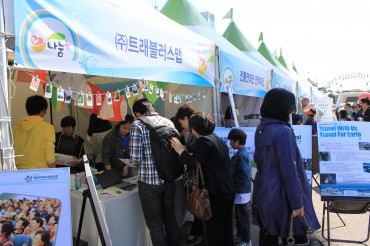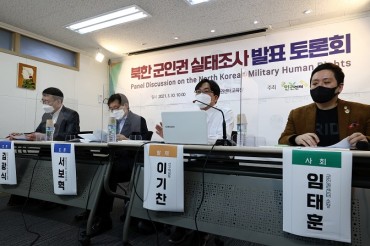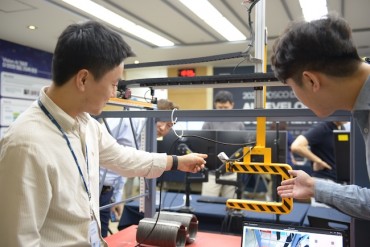
The drop in income is indicative of the accelerating Korean economic crisis, as those in their 40s are usually the highest income earners.(image: KobizMedia/ Korea Bizwire)
SEOUL, Nov. 28 (Korea Bizwire) – Income among households in their 40s decreased in the third quarter of 2016, the first time that earnings in this demographic have dropped since figures were first tabulated in 2003.
The drop in income is indicative of the accelerating Korean economic crisis, as those in their 40s are usually the highest income earners.
According to Statistics Korea on November 27, the average salary for homeowners aged 40 to 49 was 5,052,153 in the third quarter, a drop of 1,569 won compared to the same quarter last year.
Up until the second quarter of 2016, income among those in their 40s had increased at a steady 5 percent pace year over year.
However, the income growth rate fell to 1.63 percent in the fourth quarter of 2016, and continued to drop to 0.2% in Q2 2016 before dropping into the negatives in Q3.
The income decrease resulted from falling business income, which fell to 978,000 won per month, a drop of 62,000 won year over year.
In addition, average monthly property income came in at 5,759[jm1] won, was the lowest ever.
Due to low interest rates, property incomes have fallen 40 to 60 percent every quarter since previous Q4 2015, dropping from 10,900 won to 5,700 won.
Earned income, which accounts for the lion’s share of total income, averaged 3,650,000 won per month, which was actually an increase of 2.9%.
However, the rate of increase rate is slowing, given that growth of 5 to 10 percent was common in the past.
Homeowners in their 40s find themselves in a relatively stable income class compared to those in their 20s or 30s, who are at the bottom of the barrel when it comes to employment and are subject to frequent career changes. Homeowners in their 50s are also vulnerable due to widespread mandatory retirement requirements.
The income of homeowners in their 40s showed an increase even during the financial crisis of 2008-2009, when other age groups saw their incomes drop. Although the income growth rate decreased, it was the only group to see incomes continue to grow, mitigating the income drops among other demographic groups.
Homeowners in their 40s also had the highest expenses, at 4,120,000 won monthly, which was almost double the value for those in their 60s (2,130,000 won).
Therefore, the fact that incomes are now falling for those in their 40s should be considered as a sign of a crisis in the Korean economy, given that that their age group dominates the economic landscape in terms of both income and expenses.
The income drop is likely to contribute to a bigger economic downturn because it also affects activities of production and investment.
The economic difficulties could also lead to instability in day-to-day life for those affected, which could result in family crisis.
That is because parents in this age group usually have teenage children who are not financially independent, and many also have parents that are financially dependent on them as well.
“Since homeowners in their 40s are the core of Korea economy, their income decrease is a serious problem,” said Professor Sung Tae-Yun, adding, “It is probably caused by the worsening job market.”
By Lina Jang (linajang@koreabizwire.com)






